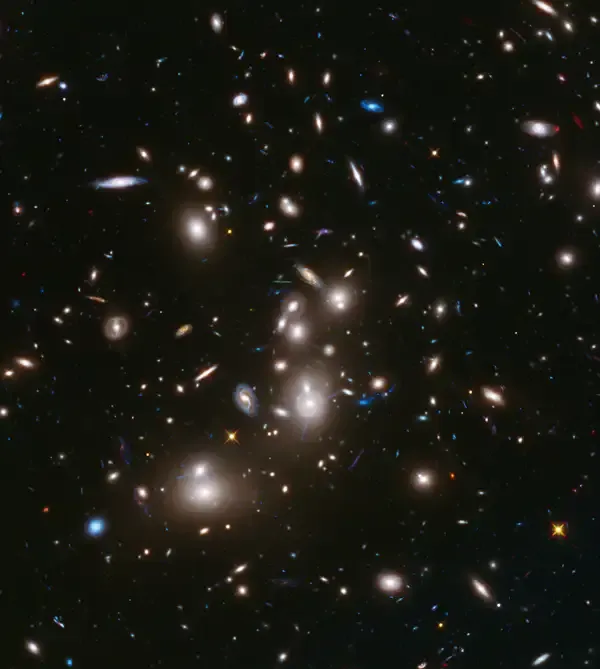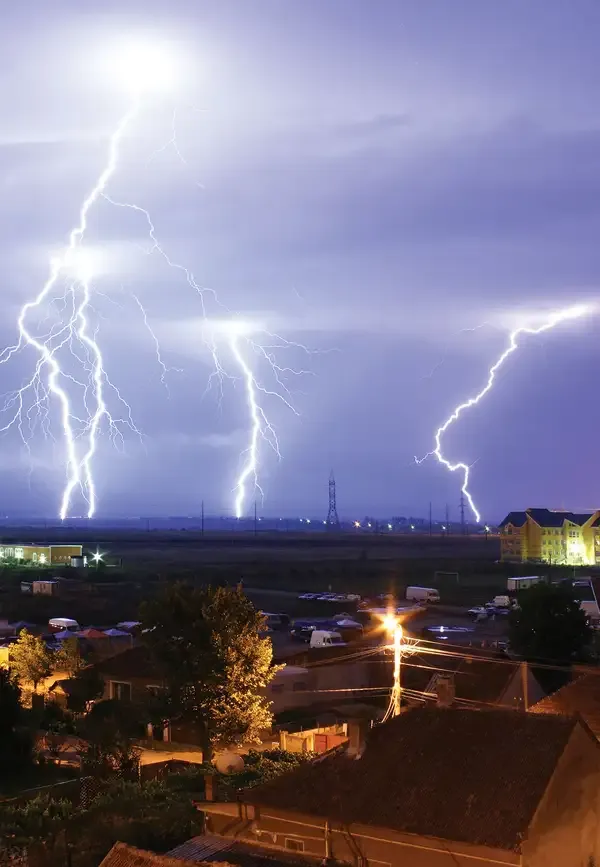- Home >
- Science
- > Innovation
How Fast Is the Universe Expanding?
The universe is expanding at an accelerating rate, a discovery that has profoundly impacted our understanding of cosmology. This expansion is measured by the Hubble constant, which estimates the speed at which galaxies move away from each other. Current estimates place the Hubble constant at approximately 70 kilometers per second per megaparsec, though there is some debate and variation in measurements. The acceleration is attributed to dark energy, a mysterious force that makes up about 68 percent of the universe.

The expansion of the universe is one of the most fascinating topics in cosmology, capturing the interest of scientists and enthusiasts alike. Understanding the speed at which the universe is expanding helps us decipher the origins and future of our cosmos. In this article, we will explore how fast the universe is expanding and the implications of this remarkable phenomenon.
The Rate of Expansion: Hubble's Law
At the heart of our understanding of the universe's expansion is ''Hubble's Law'', named after astronomer Edwin Hubble. This law states that the velocity at which a galaxy is moving away from us is directly proportional to its distance from Earth. This relationship can be expressed mathematically as:
v = H₀ × d
Where:
- v = velocity of the galaxy (in km/s)
- H₀ = Hubble constant (the rate of expansion, measured in km/s/Mpc)
- d = distance of the galaxy from Earth (in megaparsecs)
The current estimate of the ''Hubble constant (H₀)'' ranges from about 67 to 74 km/s/Mpc, which means that for every megaparsec of distance, galaxies are receding from us at a speed ranging between 67 and 74 kilometers per second.
Measuring the Expansion Rate
Scientists employ various methods to measure the expansion rate of the universe. The most common techniques include:
- Type Ia Supernovae: These are standard candles in astronomy, allowing astronomers to measure distances based on their intrinsic brightness.
- Cosmic Microwave Background (CMB): This is the afterglow of the Big Bang, providing a snapshot of the early universe and helping to determine its rate of expansion.
- Baryon Acoustic Oscillations (BAO): These are regular, periodic fluctuations in the density of visible baryonic matter of the universe, which help calibrate distances in cosmology.
Each of these methods has its strengths and weaknesses, but together they contribute to a more accurate understanding of the universe's expansion.
Current Findings and Controversies
Recent measurements have led to some intriguing findings regarding the expansion rate of the universe. The ''Planck satellite'' data, which studied the CMB, suggests a lower value for the Hubble constant, while measurements from supernovae suggest a higher value. This discrepancy is known as the ''Hubble Tension'' and has sparked considerable debate among cosmologists.
To illustrate the differences, the following table summarizes the estimates of the Hubble constant from various sources:
| Method | Hubble Constant (km/s/Mpc) |
|---|---|
| Planck Satellite (CMB) | 67.4 ± 0.5 |
| Supernovae (SH0ES) | 74.03 ± 1.42 |
| BAO | 68.3 ± 0.8 |
This table highlights the ongoing debate in the scientific community regarding how fast the universe is expanding. Resolving this discrepancy is crucial for our understanding of fundamental physics, including the nature of dark energy.
The Role of Dark Energy
Another critical factor in the universe's expansion is ''dark energy'', a mysterious force that is believed to be driving the acceleration of this expansion. Dark energy constitutes about 68% of the universe, yet its exact nature remains one of the greatest mysteries in modern astrophysics.
Researchers theorize that dark energy has a repulsive effect, pushing galaxies farther apart as the universe ages. This means that not only is the universe expanding, but the rate of that expansion is also increasing over time.
Future Implications
The implications of the universe's expansion are profound. As galaxies recede from us, they become increasingly difficult to observe, leading to a future where some galaxies may become invisible. This phenomenon is known as the ''Cosmic Horizon'', beyond which we can no longer receive light from distant galaxies.
Understanding how fast the universe is expanding allows scientists to predict its fate. Current models suggest three possible scenarios: the universe could continue to expand forever, it could eventually halt and collapse back on itself, or it could reach a steady-state. These outcomes depend heavily on the properties of dark energy and the total mass-energy content of the universe.
Conclusion
In summary, the expansion of the universe is a dynamic and complex phenomenon, driven by fundamental forces that we are only beginning to understand. With ongoing research and advanced technologies, we may soon uncover the secrets of this fascinating cosmic puzzle. As we strive to measure how fast the universe is expanding, we must also grapple with the implications of this knowledge for our understanding of existence itself.












